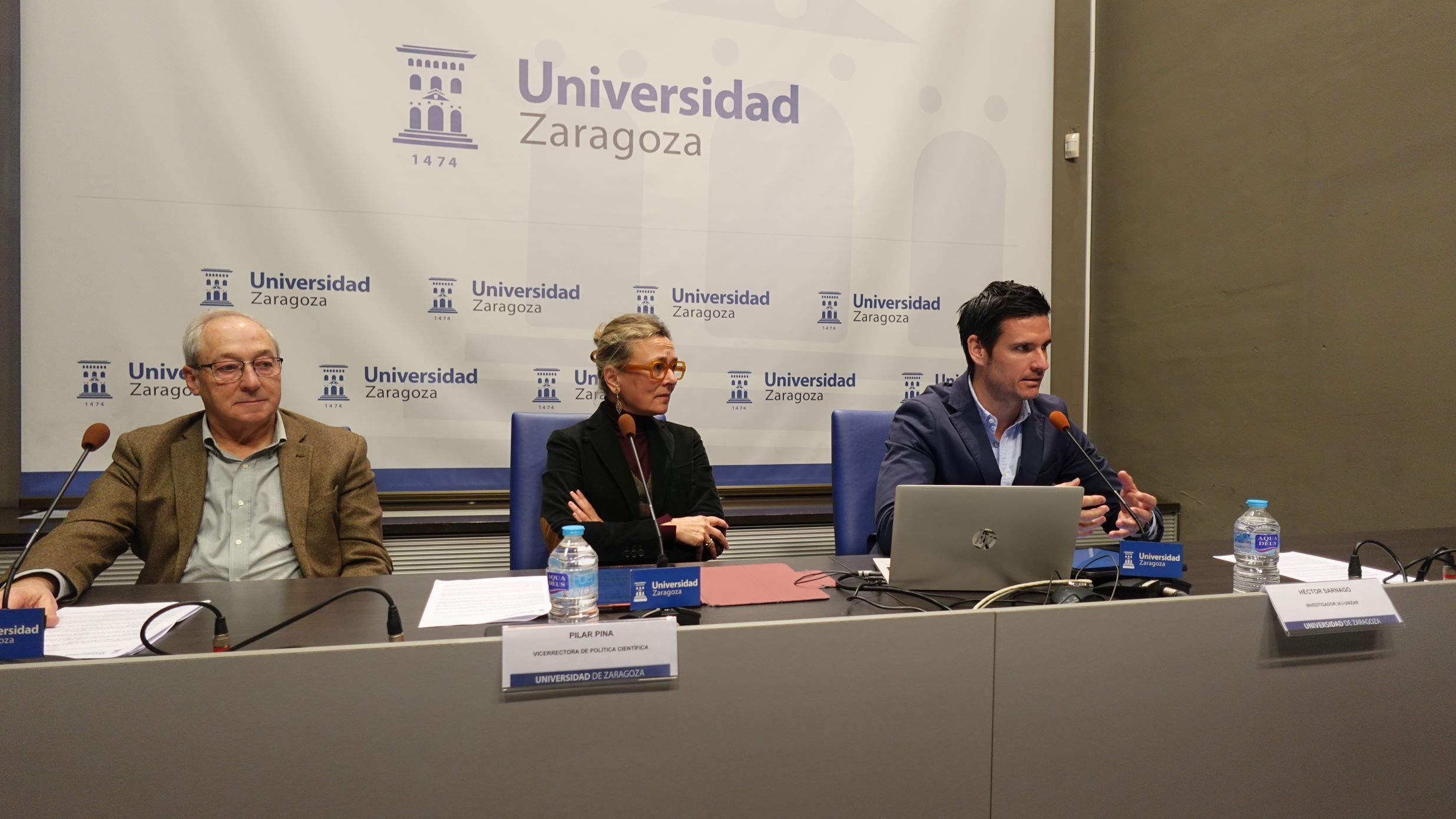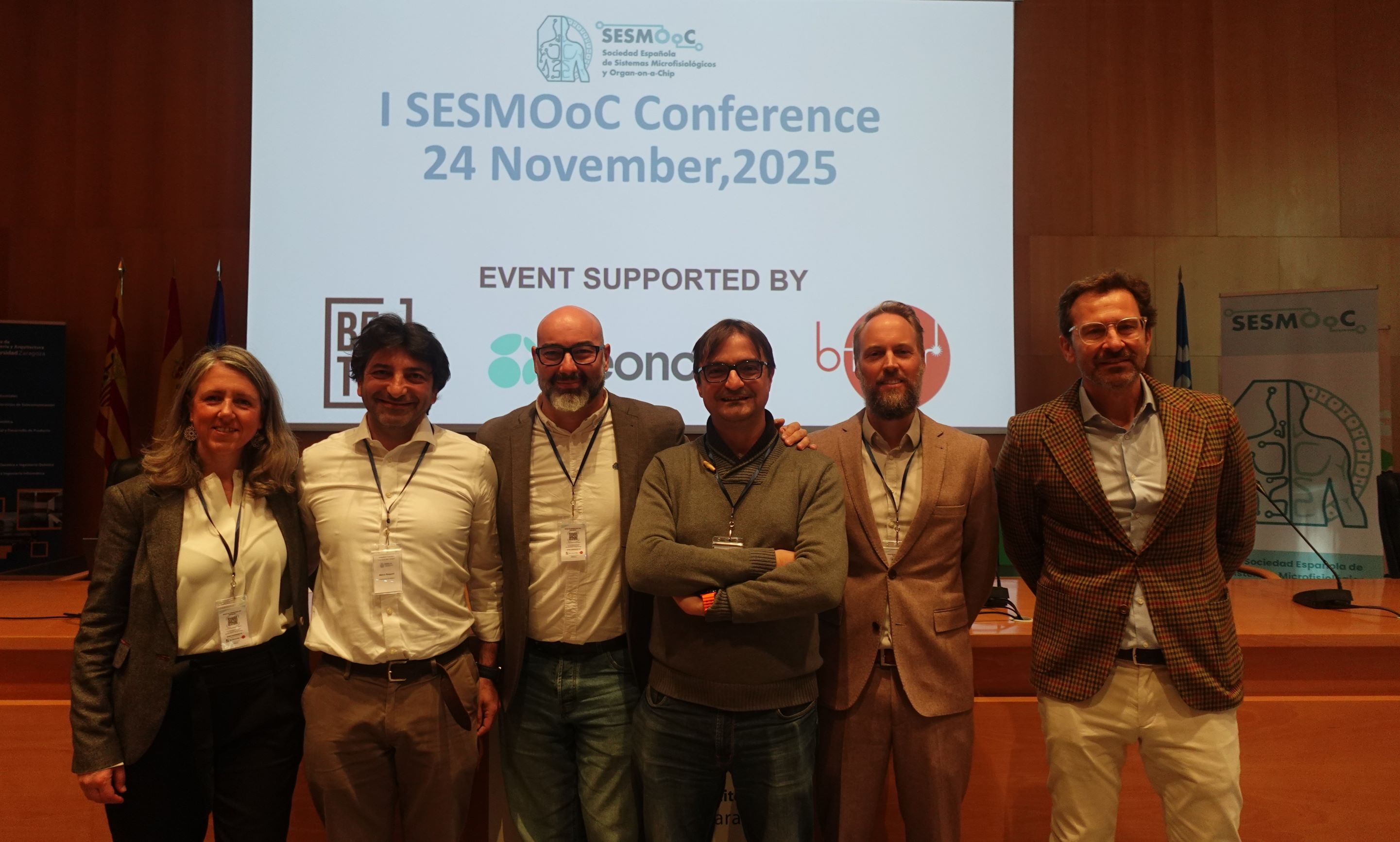
I3A (Aragon Institute for Engineering Research) researcher Manuel Doblaré has joined the European Academy of Sciences (EURASC), an independent, non-governmental, non-profit organisation made up of professionals who excel in both academia and engineering, who conduct cutting-edge research, as well as for their commitment to promoting science and technology.
Manuel Doblaré was the first director of the I3A and today is part of the TME Lab research group (Tissue Microenvironment). He holds a degree in Industrial Engineering from the University of Seville and a PhD from the Polytechnic University of Madrid. After a postdoctoral stay with a Fulbright scholarship at the Courant Institute of the University of New York, he obtained the associate professorship at the UPM and the full professorship in Solid and Structural Mechanics at the University of Zaragoza (1984). After a stay at Stanford University as a visiting professor, at the end of 2011 he accepted the scientific directorship of Abengoa Research, the corporate research centre of the multinational Abengoa, a leading company in solar energy generation and biofuel production, where he remained until June 2016 when he returned to his academic post in Zaragoza.
The European Academy of Sciences highlights his research contribution in building an internationally recognised group in Biomechanics and Mechanobiology, with applications in bone-implant interaction, bone remodelling, healing and osseointegration, soft tissue and joint modelling, as well as tissue engineering, organ-on-chips, and the combination of physical and data models with health applications.
In addition to his research activity, Professor Doblaré, throughout his professional career, has been head of the Department of Mechanical Engineering, dean of the Faculty of Engineering, founding director of the I3A Unizar and of the National Centre for Bioengineering, Biomaterials and Nanomedicine, and was co-promoter of two spin-off companies, Ebers Medical Technology and BeonChip, which design, manufacture and market bioreactors and microfluidic devices, respectively.




